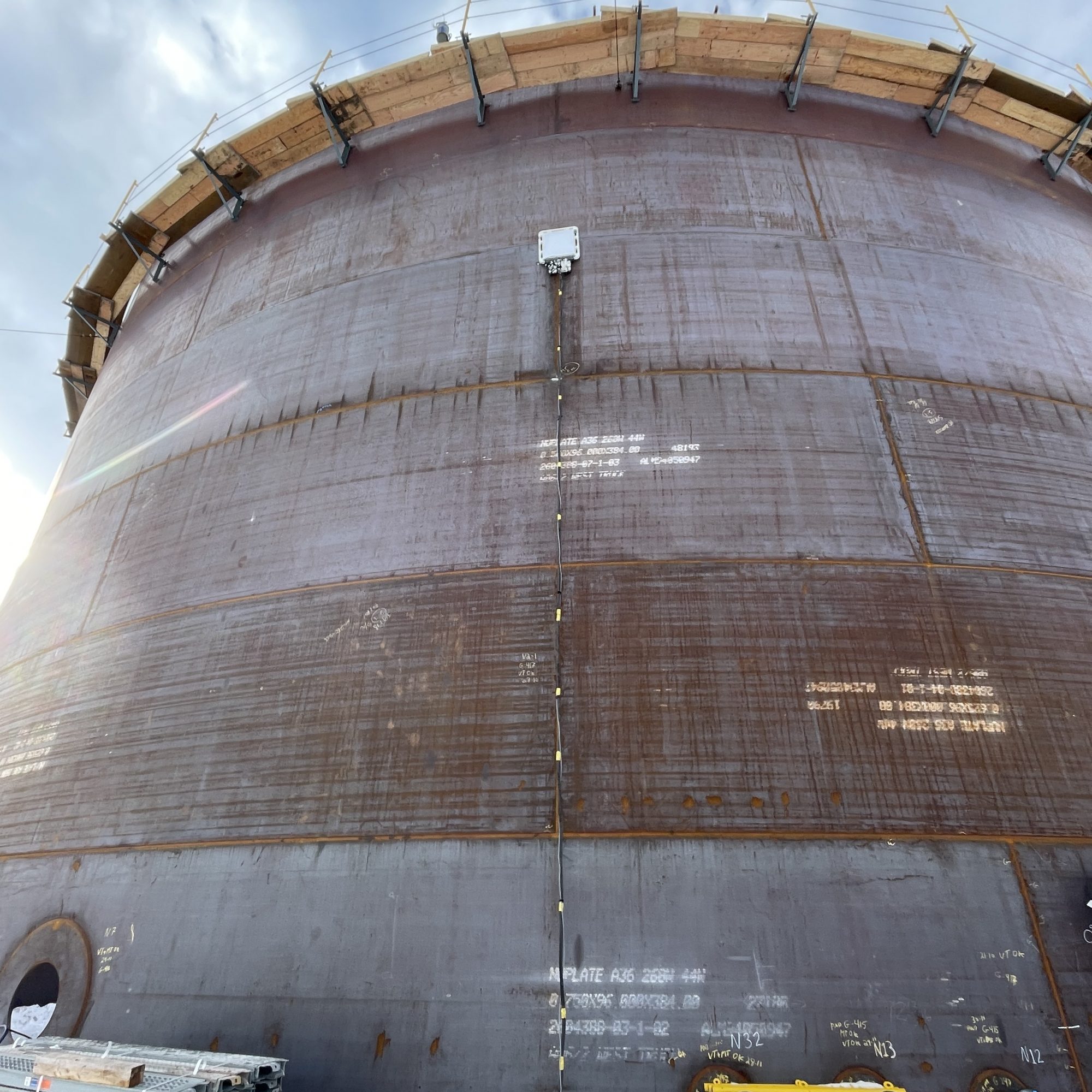Radiography is the most common and used volumetric inspection method in many industries. It is used to locate and quantify defects and degradation in all sorts of materials that would lead to the failure of engineering structures or products.
RT testing is a nondestructive testing inspection service, often used in the nuclear, petrochemical, pipeline and manufacturing industries. Computed Radiography (CR), Small Controlled Area Radiography (SCAR) and Direct Radiography (DR) are three reliable and safe RT testing methods.
Applications DR and CR :
- Inspection of forged parts, castings, and welds.
- Inspection of complex geometries.
- Validation of the integrity of piping for corrosion and erosion.
- DR technology can be used in almost any environment.
Digital Radiography (DR)
Digital radiography provides faster results, greater accuracy and can help reduce your inspection cost. Digital radiography can be divided into 2 main technologies, Computed Radiography (CR) and Direct Radiography (DR).
Advantages :
- Easier result interpretation thanks to higher-resolution images.
- Risk of overexposure is mostly null, reshoot are eliminated.
- DR usually results in smaller exclusion zones and/or the elimination of RT windows. In addition to being safer this also results in faster, more informed decision making, a clear understanding of next steps and significant cost savings.
Characteristics :
- DR is the latest advancement in Radiography.
- DR technology quickly transfers images to the computer so you can view and diagnose without waiting time.
- DR systems can be fixed or mobile.

Computed Radiography (CR)
CR technology is portable and can be used in almost any environment. The CR method is mainly used to inspect forged parts, castings and welds. This method also validates the integrity of piping for corrosion and erosion.
Advantages :
- Can be used where portable dark rooms cannot be installed.
- Faster and more cost-efficient than conventional radiography.
- More flexible plate sizes for positioning options.
- Images are generated quicker, decreasing exam time and improving workflow (30 seconds).
- Easier result interpretation thanks to higher-resolution images.
- Decrease Exposure times.
- Elimination of film and chemicals.
- Reduced exclusion zones.
Characteristics :
- CR is the digital replacement of X-ray film radiography.
- CR radiography uses phosphor image plates to create a digital image.

Small Confined Area Radiography (SCAR)
SCAR is distinguished by using a compact exposure device. This instrument improves the efficiency of radiographic operations by making it safer, while maintaining or increasing productivity when compared with traditional exposure devices. SCAR technology is used to minimize cost and impact of radiography operation.
Advantages :
- No restrictive shooting windows (24/7 radiography concept).
- Equipment shut down time reduced to a minimum.
- A smaller and less intrusive safety zone.
- Can be used in proximity with other trades: people working in the area can continue their activity.
- Can be used in congested or confined work areas (populated area, boiler, etc).
- Less personnel required to perform the work (Radiography is not restricted to breaks, window between shifts, night shifts, etc).
- Reduction or elimination of the effect on the nuclear level alarm.

SCAR Capabilities
Different models of SCAR devices are available. Selection of the device to use is done according to parts configuration, material, and location of the parts to inspect.
BabySCAR 989
- Smallest gamma exposure device available on the market to be used when clearance is an issue.
- Source never leaves the device, no guide tube required making it safer to use and easier.
- Ultra focused radiation beam resulting in smaller exclusion zone.
- Easier to shield than conventionnal device resulting in smaller exclusion zone.
SCARPro 1075
- Source never leaves the device when in SCAR mode making it safer to use.
- Can also be used in conventional mode (with guide tube) if the SCAR mode cannot be used.
- A built-in fixation system making it easy to install on piping or other components to inspect.
- Focused radiation beam resulting in smaller exclusion zone.
- Easier to shield than conventional device resulting in smaller exclusion zone.
NEAR CX
- Smallest exclusion zone (less than 2 feet).
- Faster processing time done by Computed Radiography.
- High image quality.
- Easier to shield than gamma devices.
- No disturbance of other trades.
- No replacement source required over time.
- Constant power and exposure time (No decay).
- Increase productivity.
NEAR DX
- The same characteristics as NEAR-CX.
- No films.
- Digital images can be shared via email.
 Are you facing inspection challenges?
Are you facing inspection challenges?
Our team of specialists is here to assist you. Discover how our services can effectively and professionally address your inspection needs.